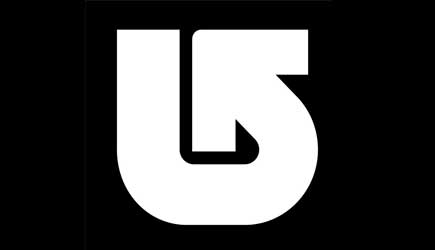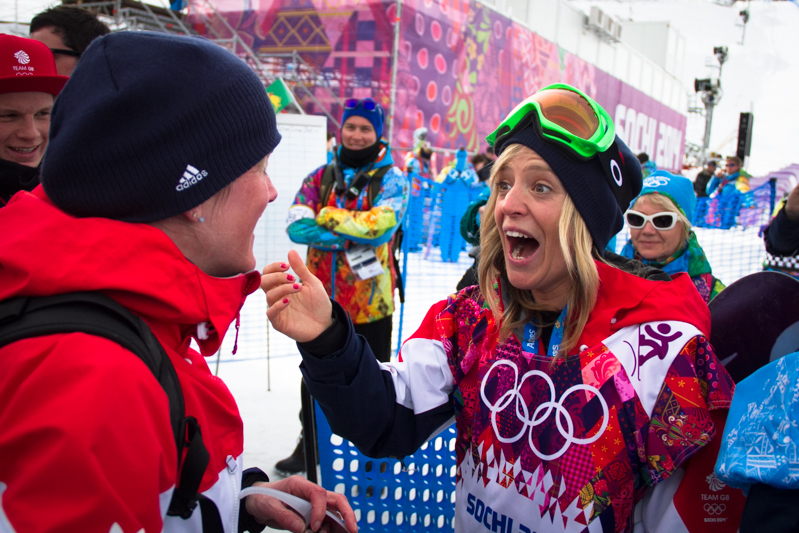Up until the late 1980’s snowboard graphics were a fairly gaudy affair that operated in a bubble of their own. Not wanting to ape skis, but with little culture of their own, boards tended towards fluorescent, typographic exercises that were closer in spirit to surfing than skating. This was after all the age of OP t-shirts, Zinca sun cream and bermuda shorts. Classic snowboards of this era include the early Sims boards, Burton Air, the original K2 Gyrator and (who can forget?) the fantastically named Hooger Boogers and Crazy Bananas.
As you might have figured out from these latter names, the marketing aspect of snowboarding still had a long way to go to get to the slick products we are used to today. “The sport wasn’t ours yet,” explains Draplin, “Boards looked like fuckin’ windsurfing sailboards and surfboards and shit. I remember having to pick this ugly ass Burton Air, purely because it fit me, and being bummed on the gross purple and orange graphics. Yuck. As things got going, riders took control and made what they wanted under their feet. It was a liberating time.”
Graphics that riders of today can easily relate to can be traced back to early nineties. As snowboarders took more and more inspiration from skateboarding, and their sponsors started to recognise the potential marketing power of graphics, board design became bolder and more exciting. It was a truly seminal era – both in terms of the graphics themselves and riding progression. Two of the new wave of freestyle riders emerging at this time were Terje Haakonsen and Jeff Brushie, and their early Burton pro models are often cited as turning points in design and technology. The riders, as Brushie recalls, were finally having a say:
“The fish graphic was my very first pro model, and the idea behind it was that I was from Vermont. Vermont has a lot of hunting and fishing – and there are lots of rednecks – so I decided to do the fish.”
 Photo: Basti Gogl
Photo: Basti Gogl
It hardly sounds profound, but the implication was significant. As Draplin explains, the rise of pro models meant “you got to see the personality of each rider. Instead of the company calling the shots, it was the rider, and that was super fun to think about.”






